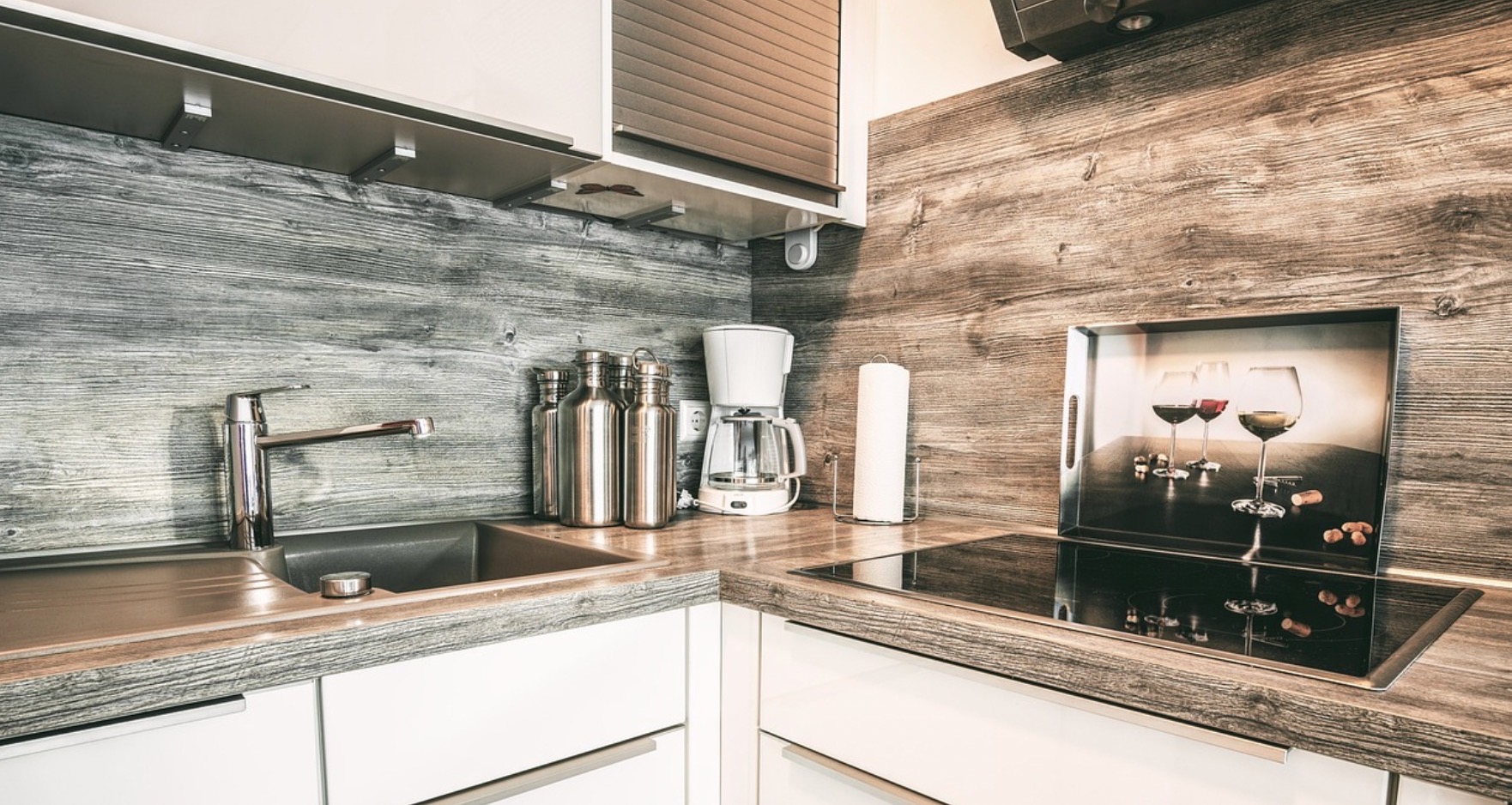
01 Mar How to Deal with Water Damage Behind Your Walls in Your Home
Homeowners often face water damage. It can be particularly difficult when it occurs behind walls. Untreated water damage can lead to mold growth, structural damages, and other problems. We will be discussing the steps that you can take to fix water damage to your walls.
Step 1 – Identify the Source of the Water
Before you can address the water damage, you must first identify the source of the water. Leaky pipes, roof leaks, foundation cracks are all common causes of water damage behind walls. Look out for water damage signs such as water stains or mold on your walls, ceilings, floors, or ceilings. You should call a professional plumber or contractor if you are unsure of where the water is coming.
Step 2: Stop the Water Flow
Once you have located the source of the water, it is crucial to stop the flow. If the leaky pipe is causing the problem, shut off your water supply. You can cover the roof area with a tarp until an expert comes to fix it. It may be necessary to call a contractor to repair a foundation crack.
Step 3: Dry out the Area
It is important to dry the affected area immediately after you have stopped water flow. Mold will grow faster if it’s left to soak in water for too long. A dehumidifier, fans and open windows can all be used to dry the area. For more extensive water damage, you might need to call a professional water restoration company.
Step 4: Discard damaged materials
Water damage can cause damage to the insulation or drywall behind walls. It’s crucial to remove these materials. This will prevent mold growth, and the area will be completely dry. You can use a utility blade to remove damaged insulation and drywall. To protect yourself against any mold spores, make sure you wear gloves, goggles and a mask.
Step 5: Repair any damage
It’s time for you to repair the damage once the area is completely dry. It may be necessary to repair the damage by replacing insulation or drywall. It’s best not to attempt DIY repairs. A professional contractor will ensure that all repairs are done properly.
Step 6: Prevent Future Water Damage
You should also take steps to prevent any future water damage to your walls. To prevent future water damage, it is important to have regular maintenance done on your plumbing, roof, foundation. This will catch any issues before they become major problems. You might also consider installing a water detection device that will alert you to potential leaks before they cause major damage.
It can be daunting to address water damage behind walls. However, it is essential to act quickly in order to prevent more damage. You can identify the source, stop the flow, dry the area, remove damaged materials, and repair any future water damage by following these steps. You can always call a professional if you have any questions about how to deal with water damage behind walls.

